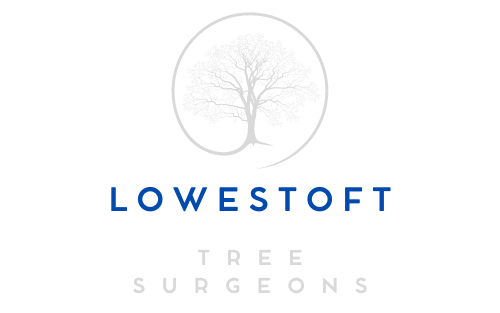Tree Surgery Demystified: What Really Goes Into Expert Tree Care
When most people think of tree surgery, they imagine someone cutting branches high up in the canopy or removing a fallen tree after a storm. While these are certainly part of the job, true tree surgery involves much more. It’s a blend of science, safety, and skill — all aimed at keeping trees healthy, safe, and visually appealing. At Lowestoft Tree Surgeons, we provide professional tree care across Lowestoft and beyond, ensuring that every tree receives the right treatment at the right time.
Understanding the Role of a Tree Surgeon
A professional tree surgeon is not just someone who cuts or removes trees. The role requires deep knowledge of arboriculture — the science of tree care. From diagnosing disease and decay to managing growth and structure, tree surgeons play a vital role in maintaining both the safety and health of trees.
Tree surgery services typically include:
- Tree pruning and trimming – Shaping growth, improving structure, and removing unhealthy or crossing branches.
- Crown reductions and thinning – Controlling size, improving light penetration, and reducing wind resistance.
- Tree felling and sectional dismantling – Safe removal of dead, diseased, or dangerous trees in confined spaces.
- Stump grinding and removal – Eliminating leftover stumps to prevent regrowth or trip hazards.
- Hedge cutting and shaping – Maintaining tidy, structured borders for residential and commercial gardens.
Each task requires precision, experience, and the right equipment to ensure safe and efficient results.
The Science Behind Expert Tree Surgery
At its core, tree surgery is about balancing the biological needs of a tree with the safety and aesthetic requirements of the property. Trees are living organisms, and improper cutting or pruning can cause stress, infection, or long-term decline.
Professional tree surgeons like those at Lowestoft Tree Surgeons understand:
- Tree biology and growth patterns: Knowing how a tree responds to pruning helps avoid unnecessary damage.
- Seasonal behaviour: The best time to prune or fell depends on the species and its growing cycle.
- Disease identification: Early detection of rot, fungus, or pest infestations can prevent full tree loss.
- Structural stability: Identifying weak limbs or root issues before they become hazardous.
This scientific approach ensures trees are not just managed but genuinely cared for, promoting longevity and safety.
Tools and Techniques of the Trade
Tree surgery relies on specialist tools and techniques designed to make work safer, faster, and more precise. From climbing harnesses and rope systems to mechanical stump grinders, each piece of equipment serves a specific purpose.
Common methods used by professionals include:
- Rope and harness climbing: For access to tall or awkwardly placed trees without damaging the surrounding area.
- Sectional dismantling: Controlled removal of large trees in pieces to prevent property damage.
- Crown lifting and shaping: Selectively removing lower branches to improve clearance and visual balance.
This careful, methodical approach distinguishes expert tree surgery from general garden maintenance.
Why Expert Tree Care Matters
Trees add character and natural beauty to any property, but when neglected, they can quickly become a risk. Overgrown branches, decay, or poor structure can lead to falling limbs and root damage. Regular, professional care keeps trees in good health and helps maintain a safe environment.
Benefits of regular tree surgery include:
- Improved safety: Preventing branches or entire trees from falling during high winds.
- Better appearance: Shaped, balanced trees complement gardens and enhance kerb appeal.
- Healthier growth: Removing diseased or dying wood encourages stronger new growth.
- Sunlight and space management: Pruning allows more light into gardens and reduces overcrowding.
At Lowestoft Tree Surgeons, we combine technical expertise with years of hands-on experience to deliver these benefits safely and efficiently.
The Process Behind Professional Tree Surgery
When a tree surgeon is called to assess a property, they begin with a detailed evaluation of each tree’s condition. Factors like species, age, size, and location all influence the recommended treatment.
A typical process may include:
- Initial inspection – Assessing the tree’s structure, health, and surrounding environment.
- Diagnosis – Identifying disease, decay, or stress factors affecting stability.
- Planning and access – Deciding on the safest and most efficient method for the work.
- Execution – Carrying out pruning, felling, or maintenance with minimal disruption.
- Site clearance – Removing waste responsibly, leaving the site clean and tidy.
Every stage is handled with care to protect both the property and the surrounding landscape.
Conclusion
Tree surgery is far more than cutting branches — it’s a precise, science-driven craft that balances safety, aesthetics, and environmental care. Professional expertise ensures trees thrive for years while protecting the people and properties around them. For homeowners and businesses in Lowestoft, expert help from Lowestoft Tree Surgeons provides peace of mind that every tree receives the care it truly needs.
Call us on: 01502 441 299
Click here to find out more about Lowestoft Tree Surgeons
Click here to complete our contact form and see how we can help with your tree needs.

